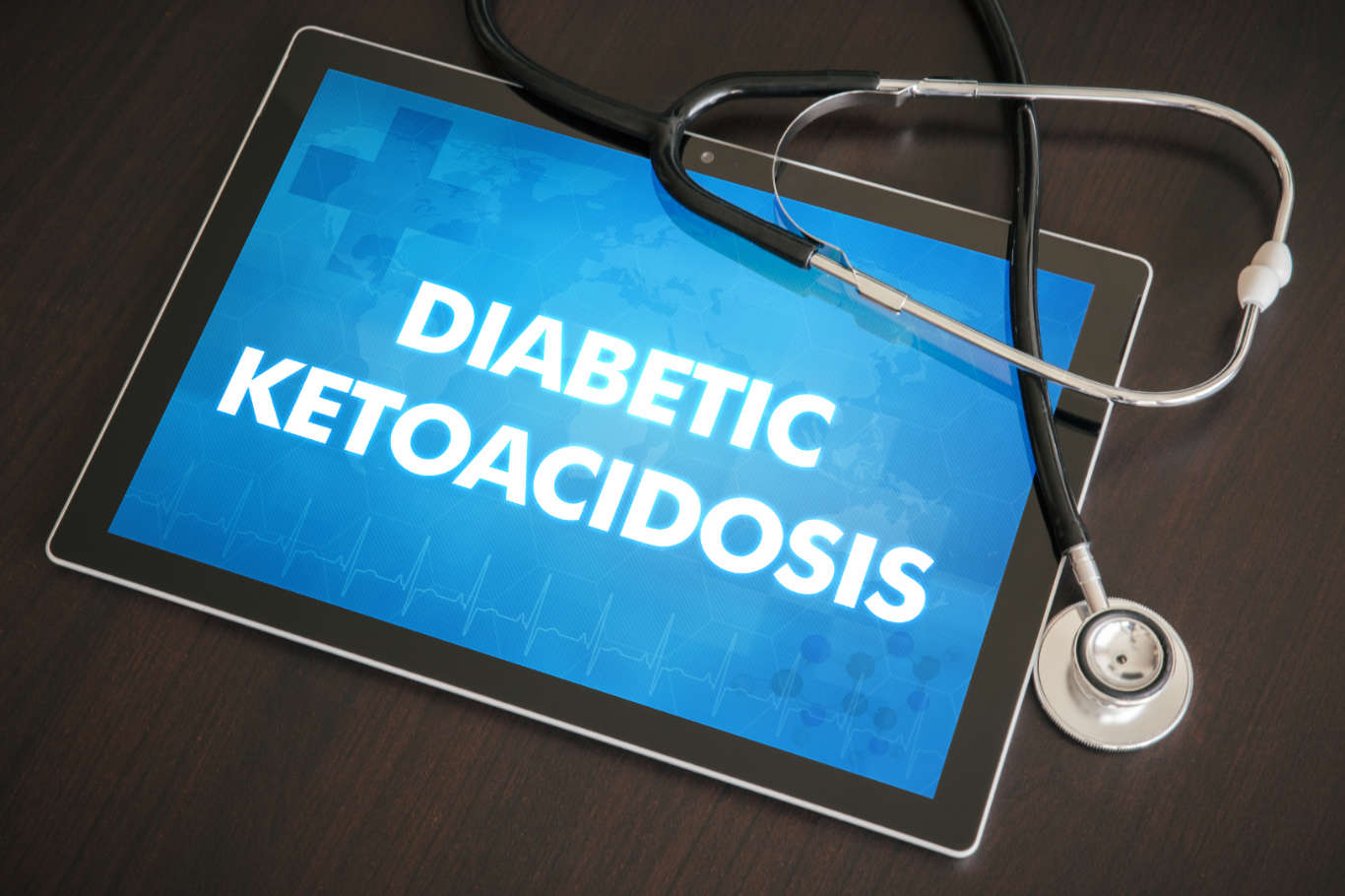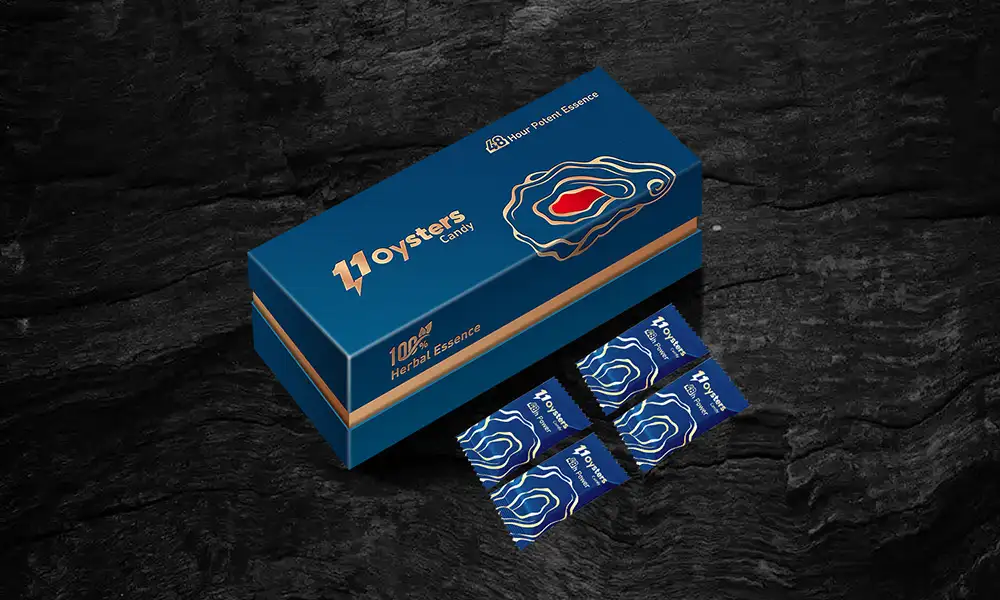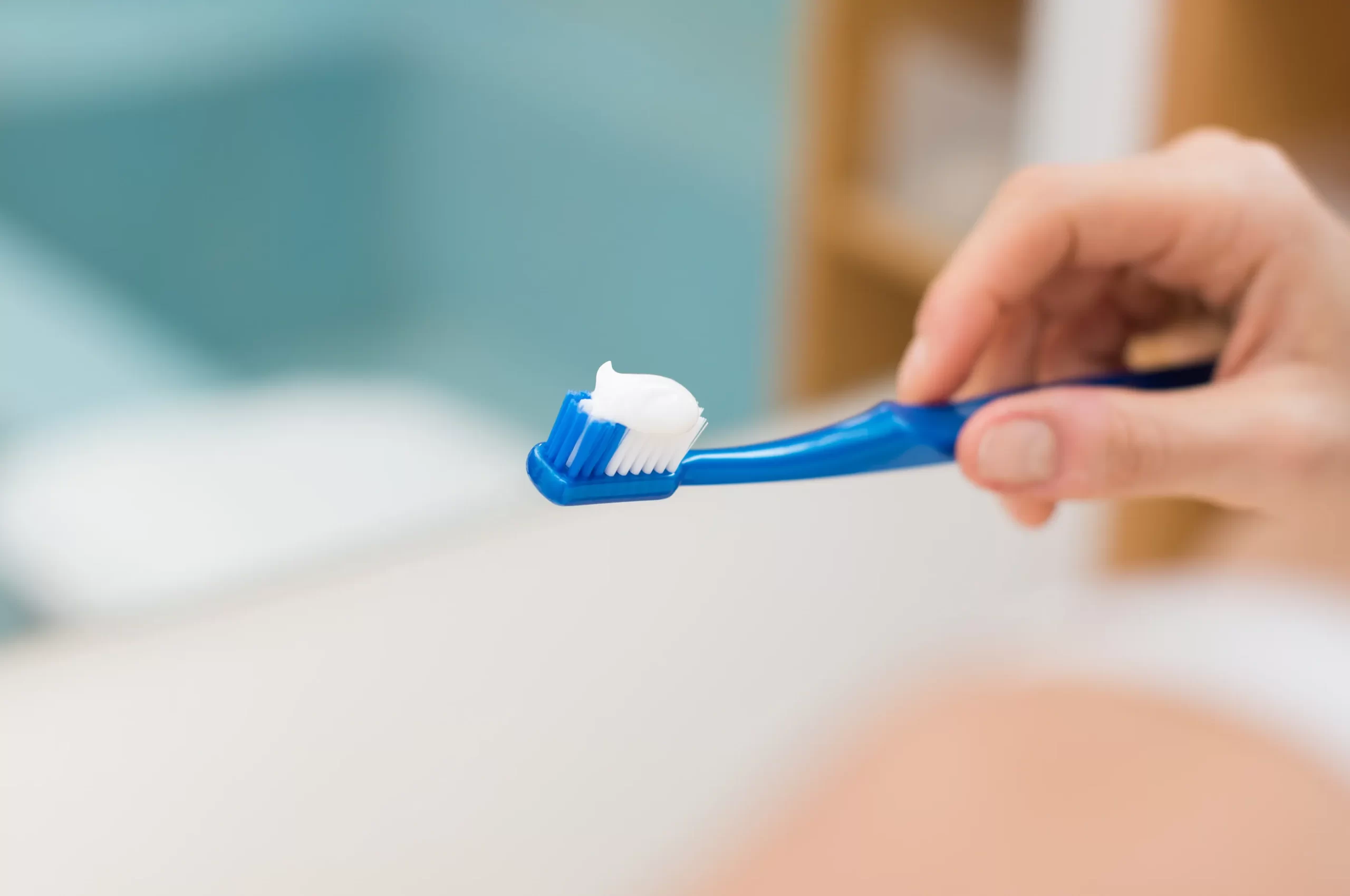Type 1 diabetes was once known as juvenile diabetes or insulin-dependent diabetes. It is a very serious condition where the pancreases produce no or even little insulin. This is a very useful hormone in the body which facilitates the process of energy production. There are several issues that contribute to this condition. Some of them include genetics and some viruses. Although this condition was thought to be developing in childhood and or adolescence, it is still common in adults.
Symptoms
The good thing is that type 1 diabetes symptoms appear relatively suddenly. They include:
- Increased thirst
- Frequent urination
- Extreme hunger
- Blurred vision
- Fatigue and weakness
- Irritability and other mood changes
- Extreme hunger
- Bed-wetting in teenagers. This only becomes a problem when they weren’t bed-wetting before.

Causes of Type 1 diabetes
The fact is that the real cause of type 1 diabetes is unknown. Though, there is some evidence that the body’s immune system which normally fights harmful bacteria and viruses destroys the insulin producing cells in the pancreas. Once these cells are destroyed, you will produce little or no insulin. If there’s no enough insulin in your body, then there is likelihood that your body will not be able to use blood sugars. These are just some of the causes.
Other causes include:
- Genetics
- Exposure to viruses and other environmental factors.
The fact is that type 1 diabetes occurs after the body is unable to produce insulin. Without insulin, your body will not be able to break down glucose into energy. The body is likely to turn to other energy sources and eventually lead to weight loss. This is likely to lead to a first phase condition which is known as diabetic ketoacidosis. The bloodstream becomes acidic and you develop a serious level of dehydration.
Type 1 diabetes is an autoimmune condition. Your body’s immune system mistakes the cells in the pancreas as being harmful and kills them.
Treatment
There is no satisfactory way of preventing type 1 diabetes. The good thing is that researchers from every corner of the world are investing a lot of their time and money in finding the best ways to treat diabetes naturally or at least the further destruction of the islet cells in people who are at their earlier stages.
The reality of the matter is that diabetes cannot be treated but a lot can be done to keep the blood sugars in check. What this means is that the treatment should aim at keeping blood levels in check. After you have been diagnosed with the diabetes, you will be referred to a special, care where the doctor will offer several treatment methods and monitor you closely.
You will also need regular insulin injections because your body cannot be able to produce enough insulin. Your doctor will teach you how to match the insulin you inject to the food you eat. The doctor may also propose several exercises which will match your condition.
In this way, the doctor tries to maintain the blood gluocse level in the body.




